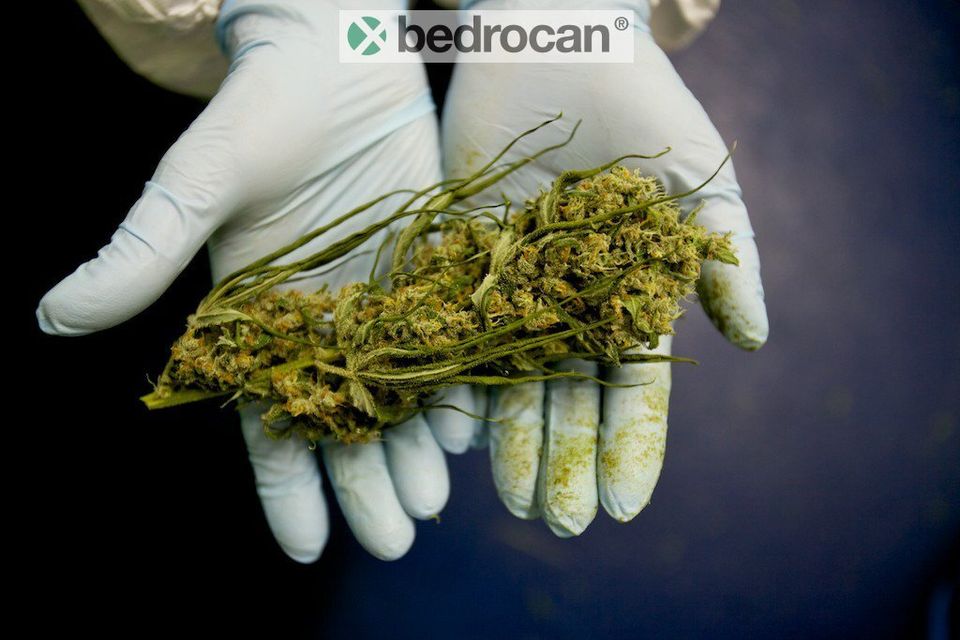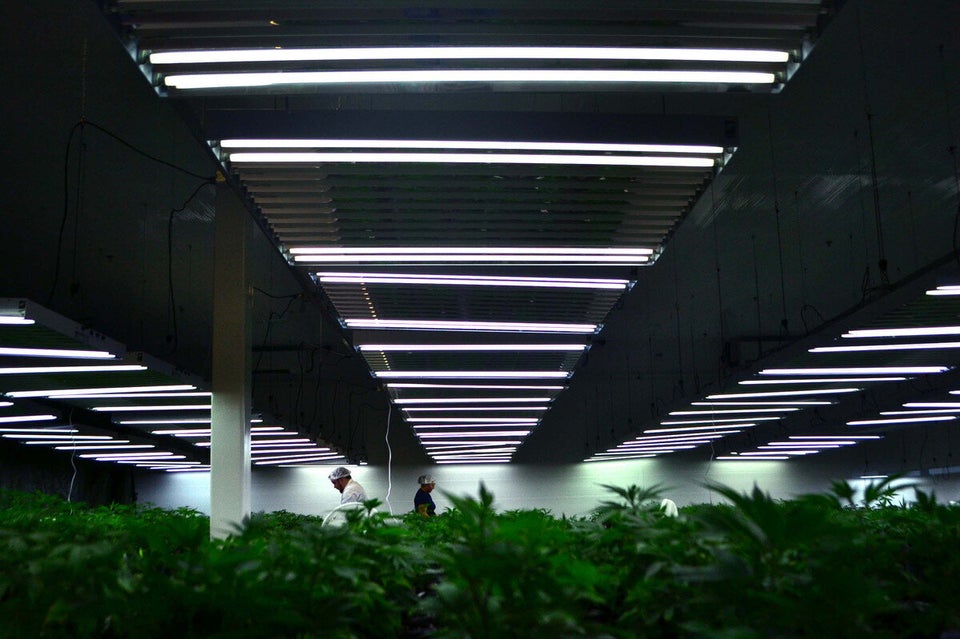Canadians' use of cannabis for medical purposes is widespread. Official numbers for Health Canada's MMAR program are near 40,000, but studies suggest many more may use it to treat some kind of medical condition. An article published in the Journal of the Canadian Medical Association in 2000 reported 1.9 per cent of the population used cannabis for self-described medical purposes in the year prior. Health Canada's Canadian Alcohol and Drug Use Monitoring Survey put that number at 1.6 per cent in 2011, or around 420,000 Canadians.
To meet the demand, compassion clubs and individual enthusiasts have grown and sold extracts, edibles, or derivatives along with hundreds of different cannabis varieties, breeding and cross-breeding for new tastes, new looks, new types of potency and -- they hope -- efficacy. But while the medical cannabis "market" has apparently begun to boom, it seems there is a glaring question that most forgot to ask: "what makes 'medical' cannabis, medical, anyway?"
Blog continues after slideshow
The answer is simple: medical standards make it medical. While patients know from experience that cannabis produced almost anywhere can have the desired effect, "medical" cannabis goes a step further: it is 1) consistent in composition and 2) free of contamination. And believe it or not, very few providers of cannabis who've received so much attention in the last few years are likely to meet those standards -- especially for contamination. That's because government regulations didn't require any contaminant testing on this cannabis, whatsoever.
Cannabis is Medicine... or It Can Be, Anyway
Medical standards for cannabis exist in every country with a national medicinal cannabis program, and for good reason: once a country determines that cannabis has medical value, the next rational step is to attach the same safety standards that apply to other medicines.
The Dutch government has had strict standards on medicinal cannabis produced by Bedrocan and distributed in Dutch pharmacies since 2003. The European countries that allow import of Bedrocan products (Germany, Italy, Finland, and the Czech Republic) require that it meet the same standards. The Czech Republic and Israel both created quality standards for production just this year. Uruguay will do the same in its recent, and revolutionary, cannabis law overhaul, and until this year, the Canadian government only put contaminant standards on the cannabis it sold itself. Those who sold outside the system (individuals, compassion clubs, and the like) were unmonitored.
Of course, federally regulated cannabis hasn't always received the best reviews from patients. Only the Dutch Health Ministry thought it made sense to contract producers who actually had previous experience producing the plant. But now, the Canadian government has done something quite interesting. The new MMPR program allows any number of licensed producers to provide cannabis to patients, so long as it meets the quality standards. And this is as it should be.
Risky Business
Governments put safety standards on all products sold for medical use. Described in a country's "Pharmacopeia," they ensure that a patient who is already sick does not become sicker due to contaminated medicine, and that the medicine really contains the ingredient claimed by the producer.
Cannabis should be no exception. Microbial contaminants like Pseudomonas aeruginosa and Staphylococcus aureus can cause pneumonia or gastro-intestinal infections that could be very tricky for someone who's already sick. Heavy metals such as lead, mercury, and others that can be taken up from soil are known to have health risks, as well. In other words, "medicinal" cannabis isn't just a name to describe cannabis used by patients. It has real, measurable differences from unregulated cannabis. When it's sold to patients as a treatment for an illness, these differences matter.
What many growers don't realize is that harmful contamination occurs at the microscopic level. Cannabis flowers are dense and moist; a perfect breeding ground for molds and bacteria. It's not an accusation; it's very difficult to grow cannabis that is clean enough for a sick person to inhale. Once contamination gets to the point where you can actually see it, it is far beyond safe levels.
In 2005, Bedrocan's head of R&D, Dr. Arno Hazekamp, published a study on contaminants in Dutch "coffee shops," where unregulated cannabis is sold. The results were alarming. All samples were contaminated with unacceptable levels of molds and/or bacteria, ranging up to half a million units per gram. Acceptable medical levels in the Netherlands are less than 100 cfu/gram.
Last year, the 'Werc Shop' in Los Angeles published research demonstrating that pesticides on cannabis find their way unaltered into the lungs upon smoking . The authors wrote, "the potential of pesticide and chemical residue exposures to cannabis users is substantial and may pose a significant toxicological threat in the absence of adequate regulatory frameworks." According to the Werc Shop, pesticide use on cannabis provided to patients, many of whom may be seriously ill, appears to be widespread. The Los Angeles City Attorney's office obtained cannabis samples in 2009 and found one to contain over 1,600 times the legally digestible amount of the pesticide Bifenthrin.
Don't put that in your pipe
How prevalent are harms from contaminated cannabis? The short, disturbing answer is that we don't know. Cases of chronic pulmonary aspergillosis associated with smoking moldy cannabis are well established in the scientific literature. However, since almost all of the cannabis used in Canada until now has been unregulated and unmonitored, there was simply no mechanism to trace these cases back to the source of contaminated cannabis. Under the new MMPR, there will be. While infection with aspergillosis and other underlying pulmonary diseases associated with it might be hazardous enough to healthy adults, for those with compromised immune systems, such lung diseases could be very harmful, even fatal.
The safe and legal use of cannabis for medical purposes has been part of a long, heated struggle since well before the courts declared it a constitutional right of Canadians in the late 1990s. As evidence of efficacy increases along with data that cannabis itself (adulterants aside) is at least as safe for some people with some conditions as many pharmaceutical drugs, use is becoming increasingly accepted. That acceptance comes with clear obligations for producers. Now, anyone who claims to grow and sell "medical cannabis" must do so according to the product safety standards that Health Canada created. In the end, patients are far better off knowing what they have -- and have not -- been smoking.
ALSO ON HUFFPOST:

